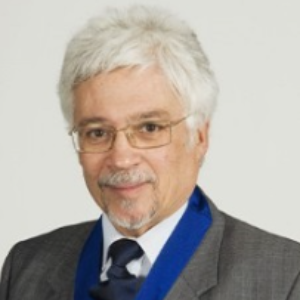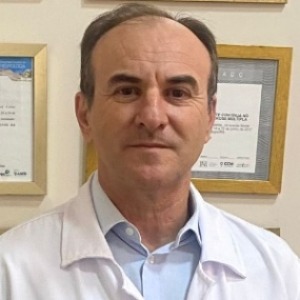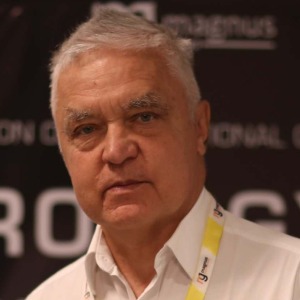Neuroprotective Agents
Neuroprotective agents refer to compounds and drugs that are used to protect neurons and other cells of the nervous system from damage and diseases. The concept of neuroprotection was introduced in the 1980s and has since become an increasingly important field of research in neuroscience. Neuroprotection is a complex process that involves a number of different factors, such as the prevention of neurotoxin accumulation, the promotion of neuronal survival or regeneration, the inhibition of apoptosis, and the control of inflammatory cascades. Neuroprotection is thought to be triggered by a variety of different stimuli, including oxidative stress, glutamate excitotoxicity, and calcium dysregulation. One approach to protection of the nervous system is to target the neurotoxins, such as those secreted by activated glia. Inhibition of excitotoxicity can be reached by both antagonizing glutamate receptors or blocking its receptors from binding the agonists. Many drugs have been developed that target neurological receptors, reducing the influx of calcium and reducing intracellular calcium levels. Another approach is to target cell survival and regenerative pathways. Neurotrophic factors such as nerve growth factor (NGF) are able to promote neurogenesis and neuronal survival. In addition, antioxidants are proposed to reduce oxidative damage and perceived age-related diseases of the CNS. The use of both natural and synthetic compounds, such as vitamins, minerals, plant extracts, and herbal derivatives, has been proposed in the treatment of neurodegenerative diseases. It is important to understand that not all treatments are equal and that careful selection is necessary to find an effective and safe neuroprotective agent. It is also important to consider potential side effects of any of the agents and whether they will hamper the therapeutic effect. Ultimately, it is up to the patient and the healthcare provider to decide which neuroprotective agent is best for the given situation.

Ken Ware
NeuroPhysics Therapy Institute, Australia
Robert B Slocum
University of Kentucky HealthCare, United States
Yong Xiao Wang
Albany Medical College, United States
W S El Masri
Keele University, United Kingdom
Jaqueline Tuppen
COGS Club, United Kingdom
Milton Cesar Rodrigues Medeiros
Hospital Santa Casa de Arapongas, Brazil




Title : Perception and individuality in patient cases identifying the ongoing evolution of Myalgic Encephalomyelitis/Chronic Fatigue Syndrome (ME/CFS)
Ken Ware, NeuroPhysics Therapy Institute, Australia
Title : Narrative medicine: A communication therapy for the communication disorder of Functional Seizures (FS) [also known as Psychogenic Non-Epileptic Seizures (PNES)]
Robert B Slocum, University of Kentucky HealthCare, United States
Title : Rabies: Challenges in taming the beast
Alan C Jackson, University of Calgary, Canada
Title : Neuro sensorium
Luiz Moutinho, University of Suffolk, United Kingdom
Title : Traumatic Spinal Cord Injuries (tSCI) - Are the radiologically based “advances” in the management of the injured spine evidence-based?
W S El Masri, Keele University, United Kingdom
Title : Personalized and Precision Medicine (PPM), as a unique healthcare model through biodesign-driven biotech and biopharma, translational applications, and neurology-related biomarketing to secure human healthcare and biosafety
Sergey Victorovich Suchkov, N.D. Zelinskii Institute for Organic Chemistry of the Russian Academy of Sciences, Russian Federation